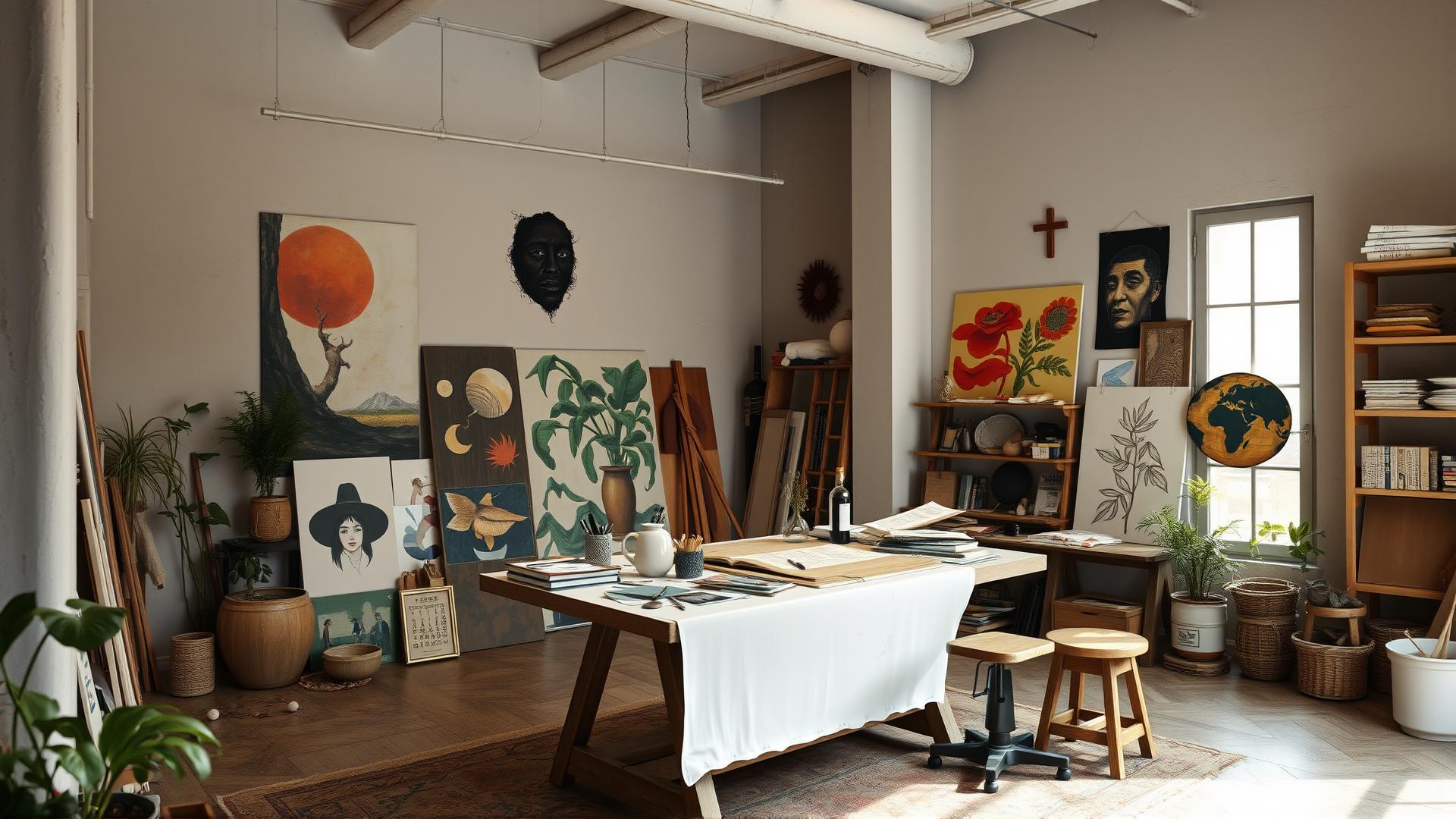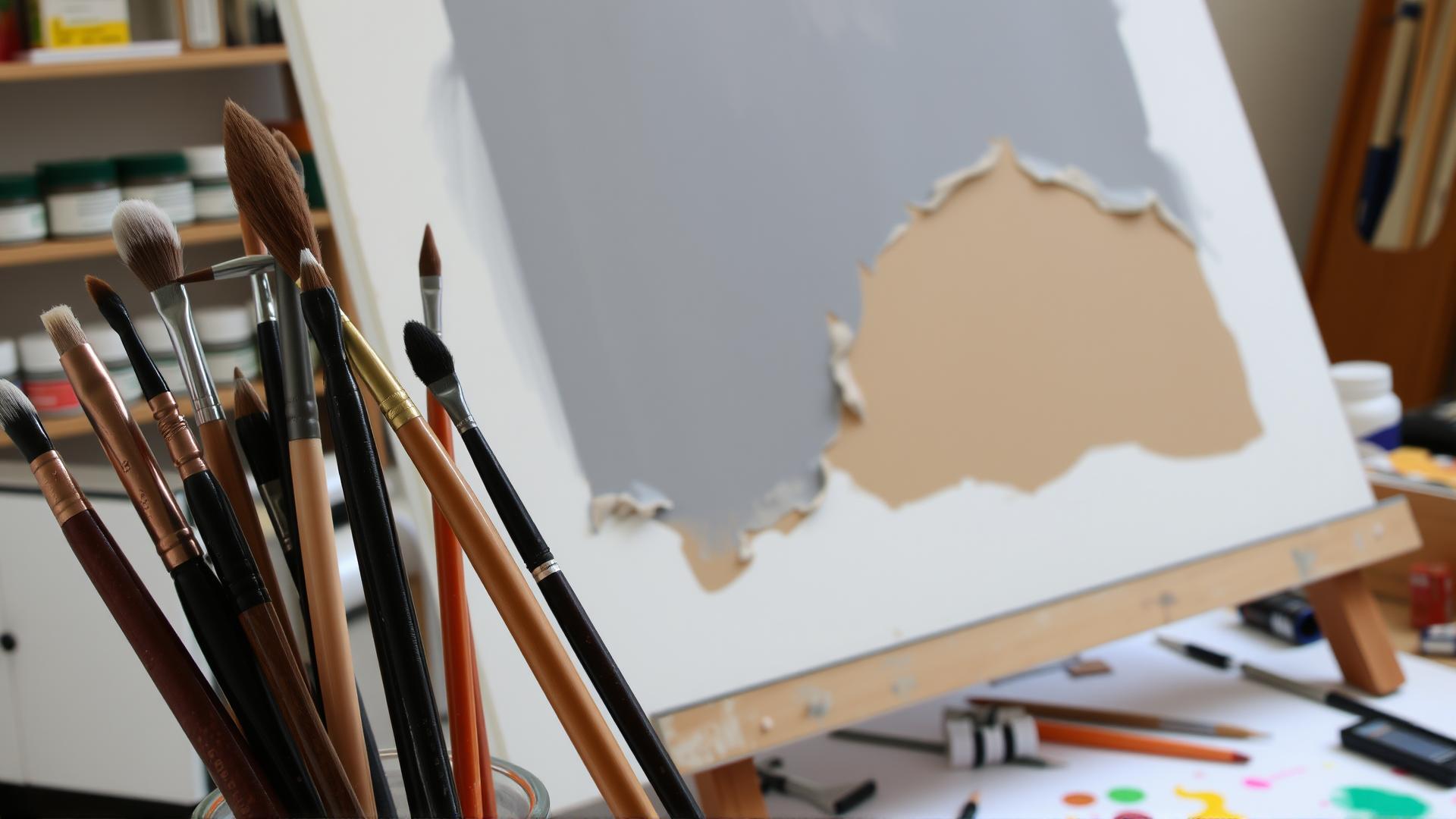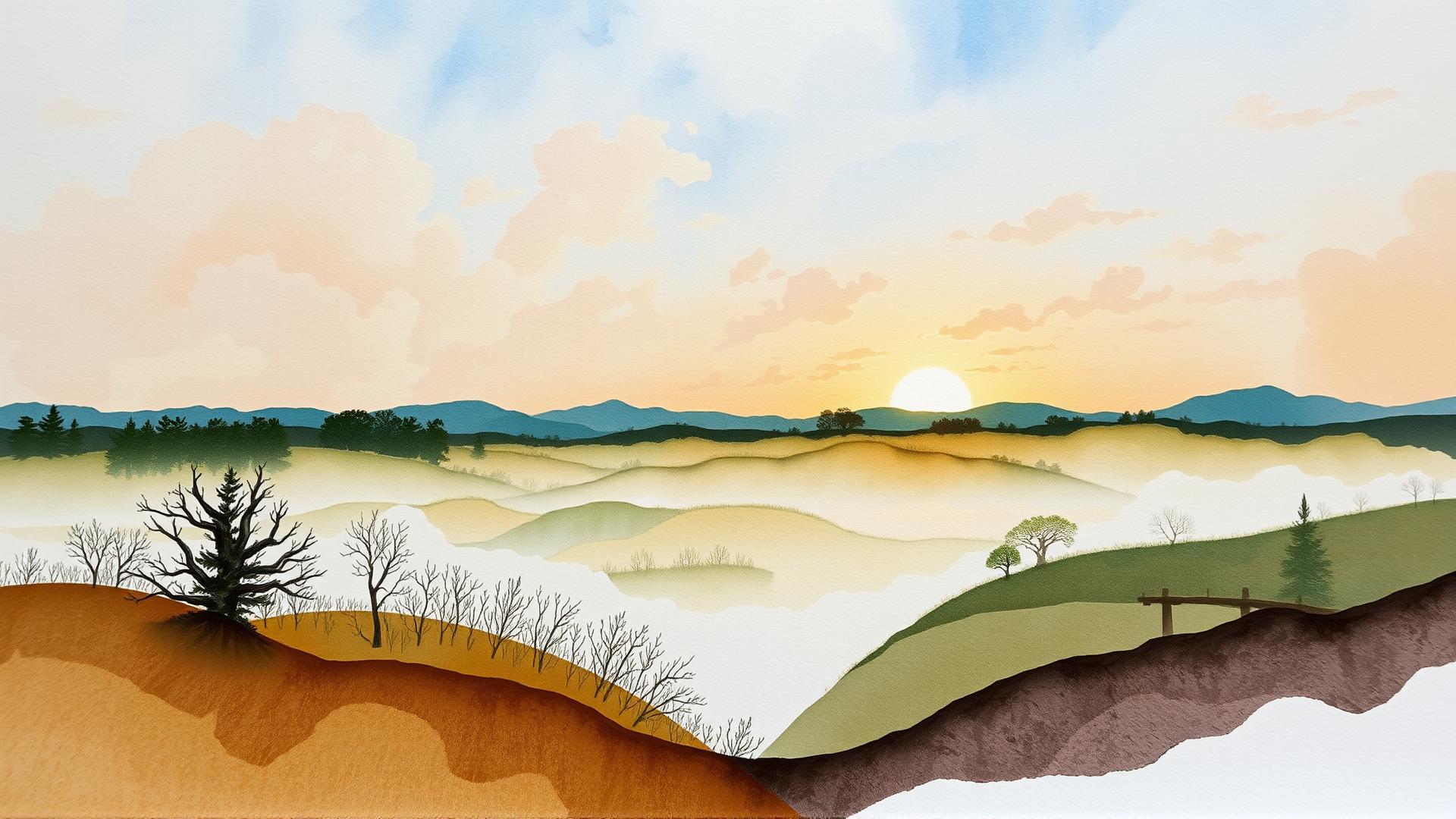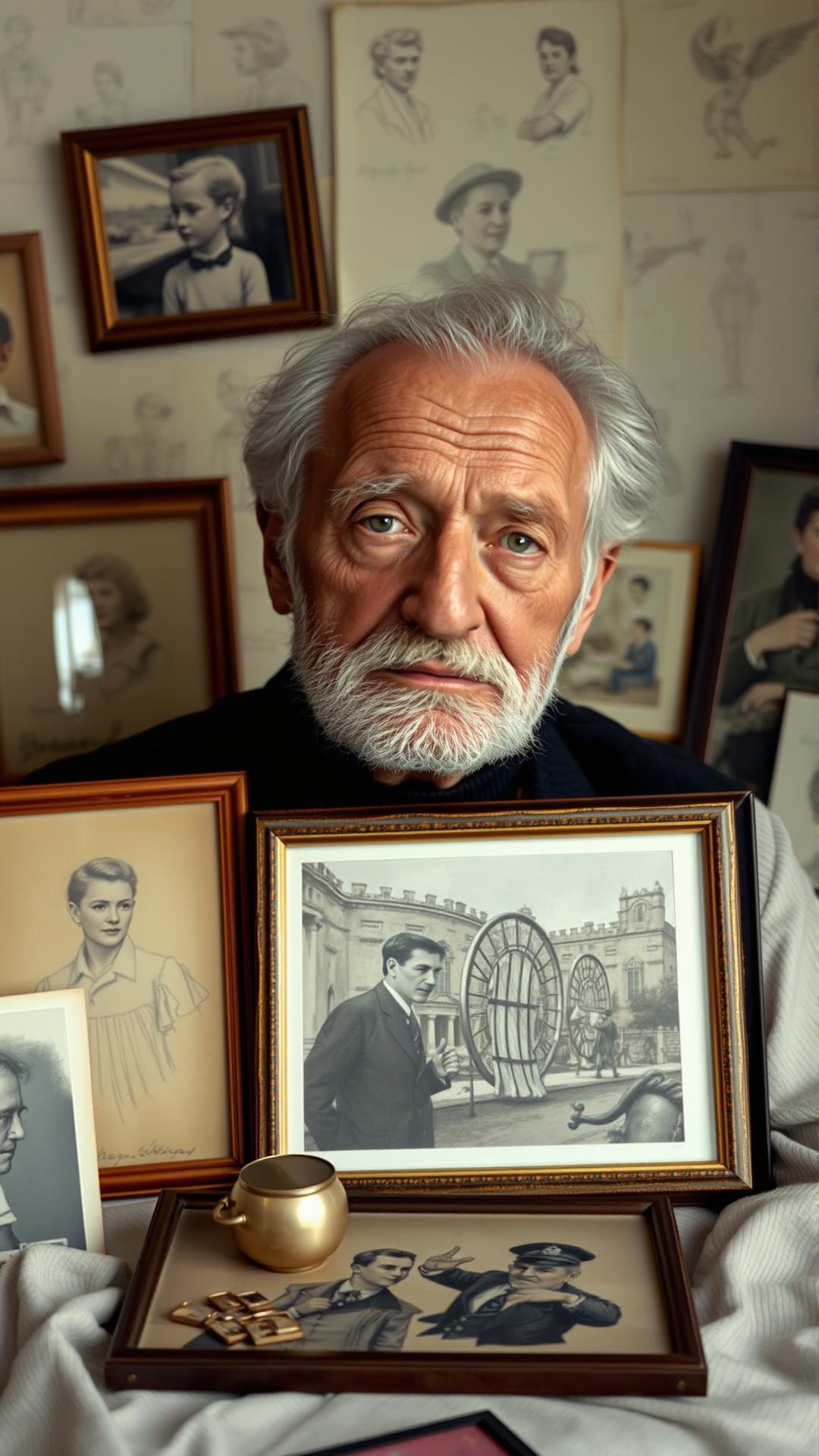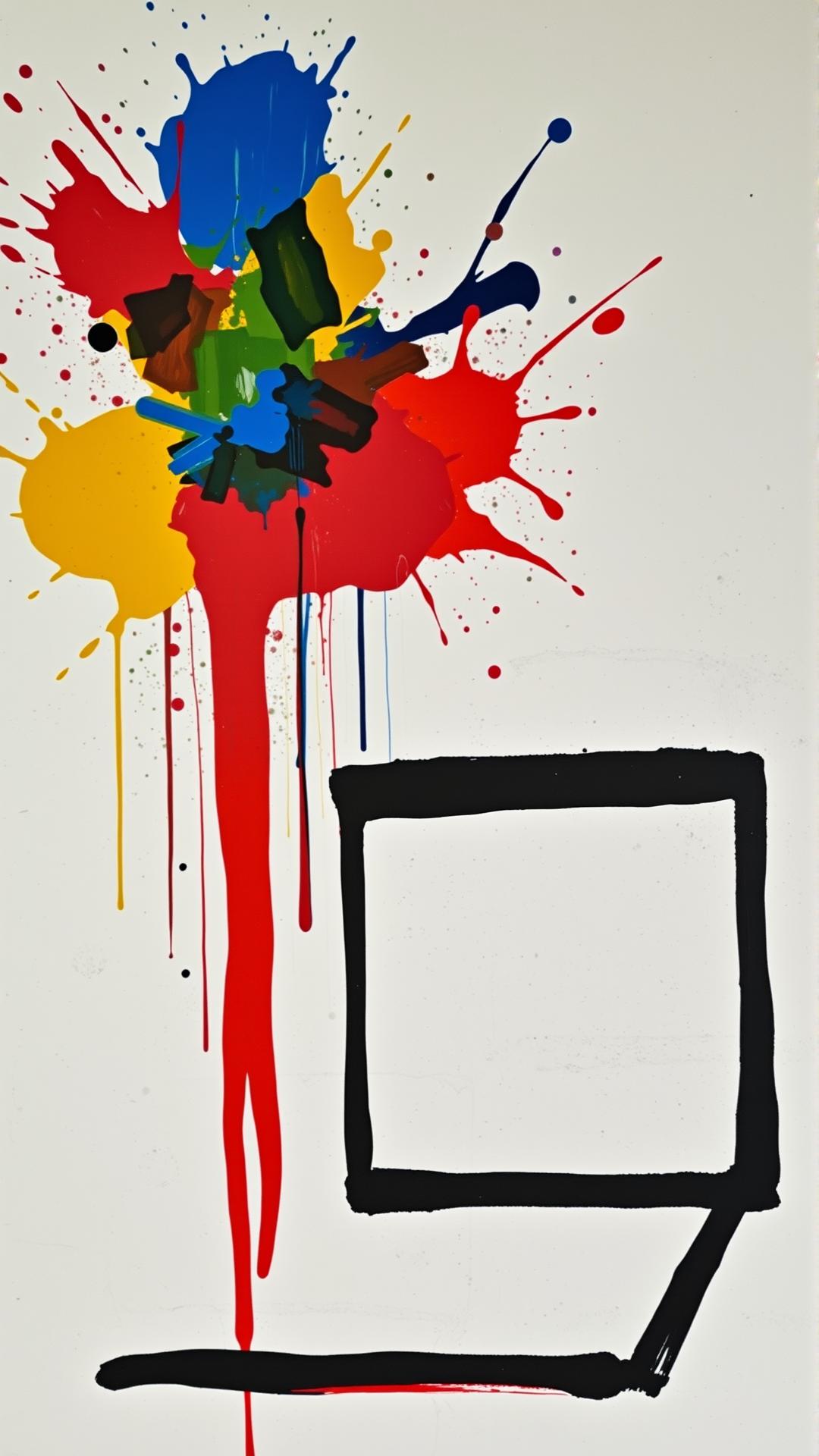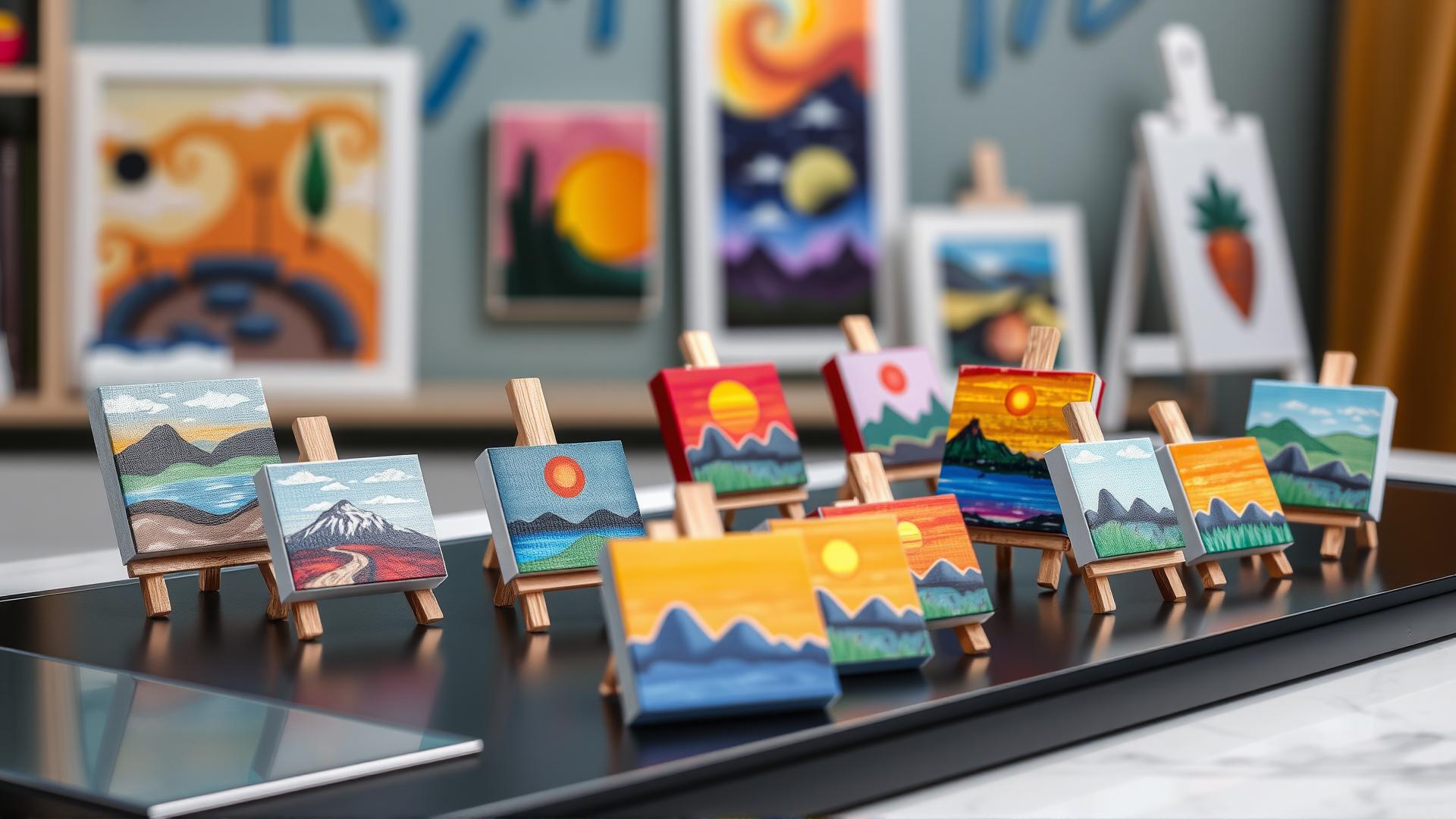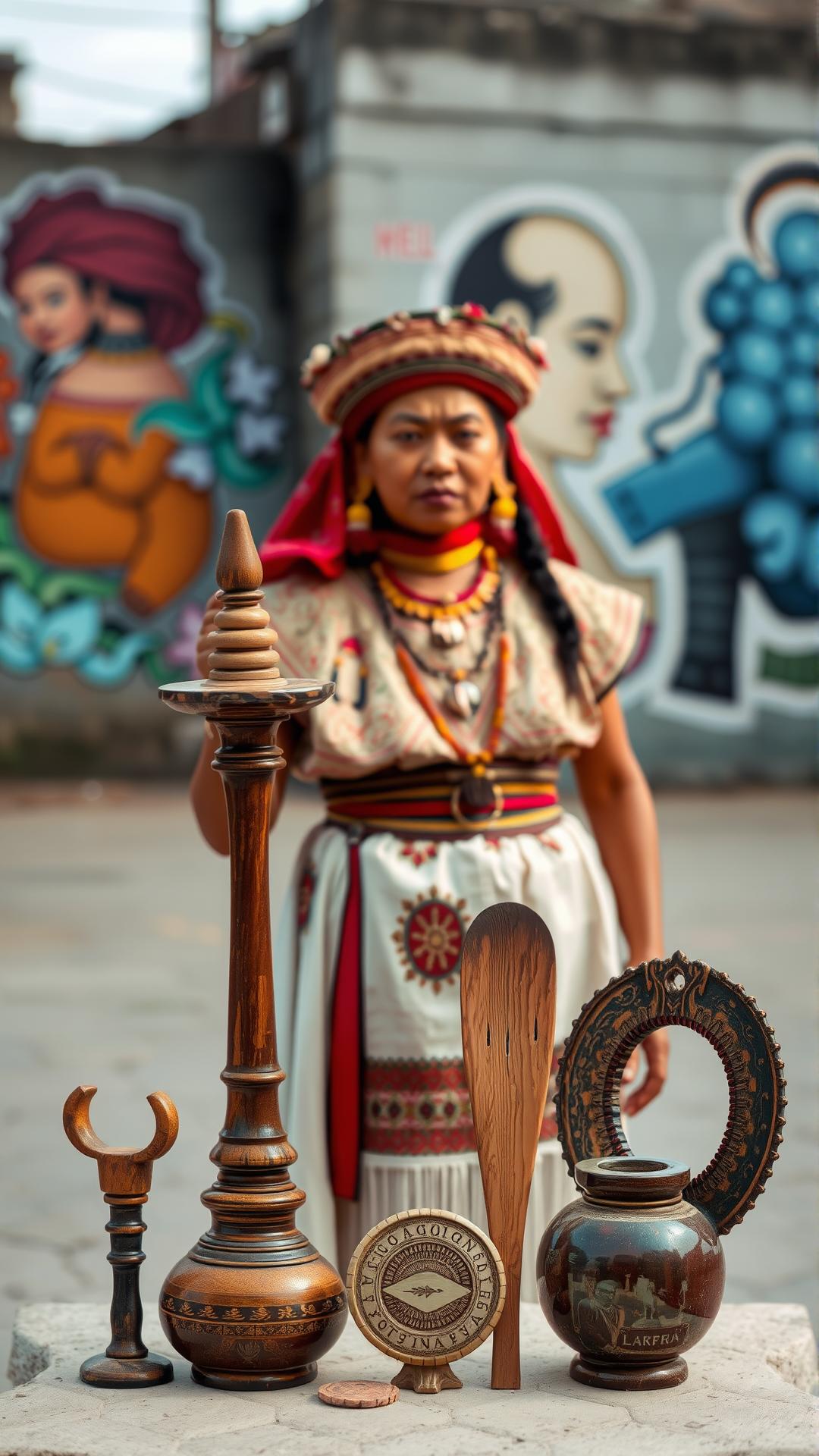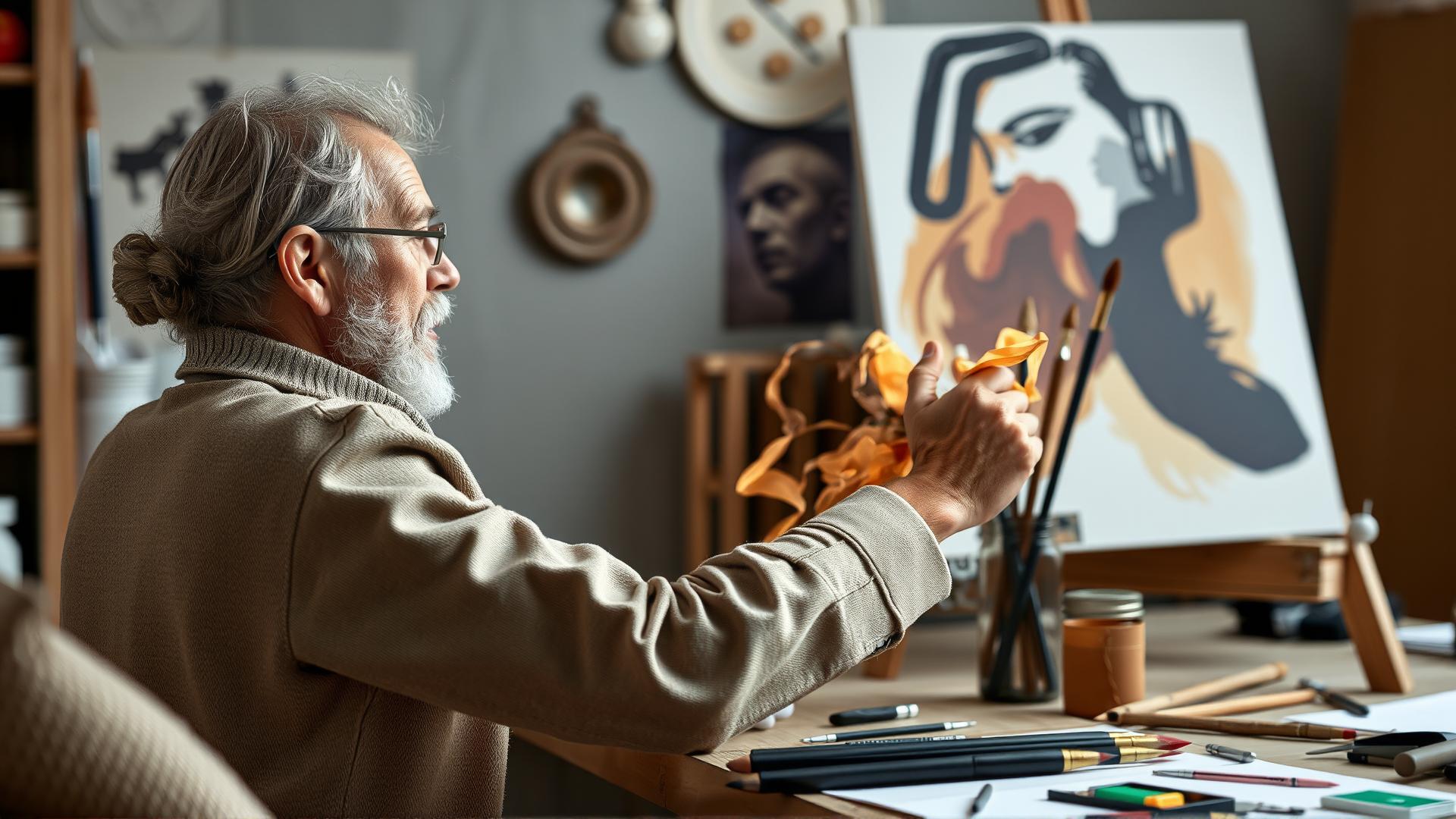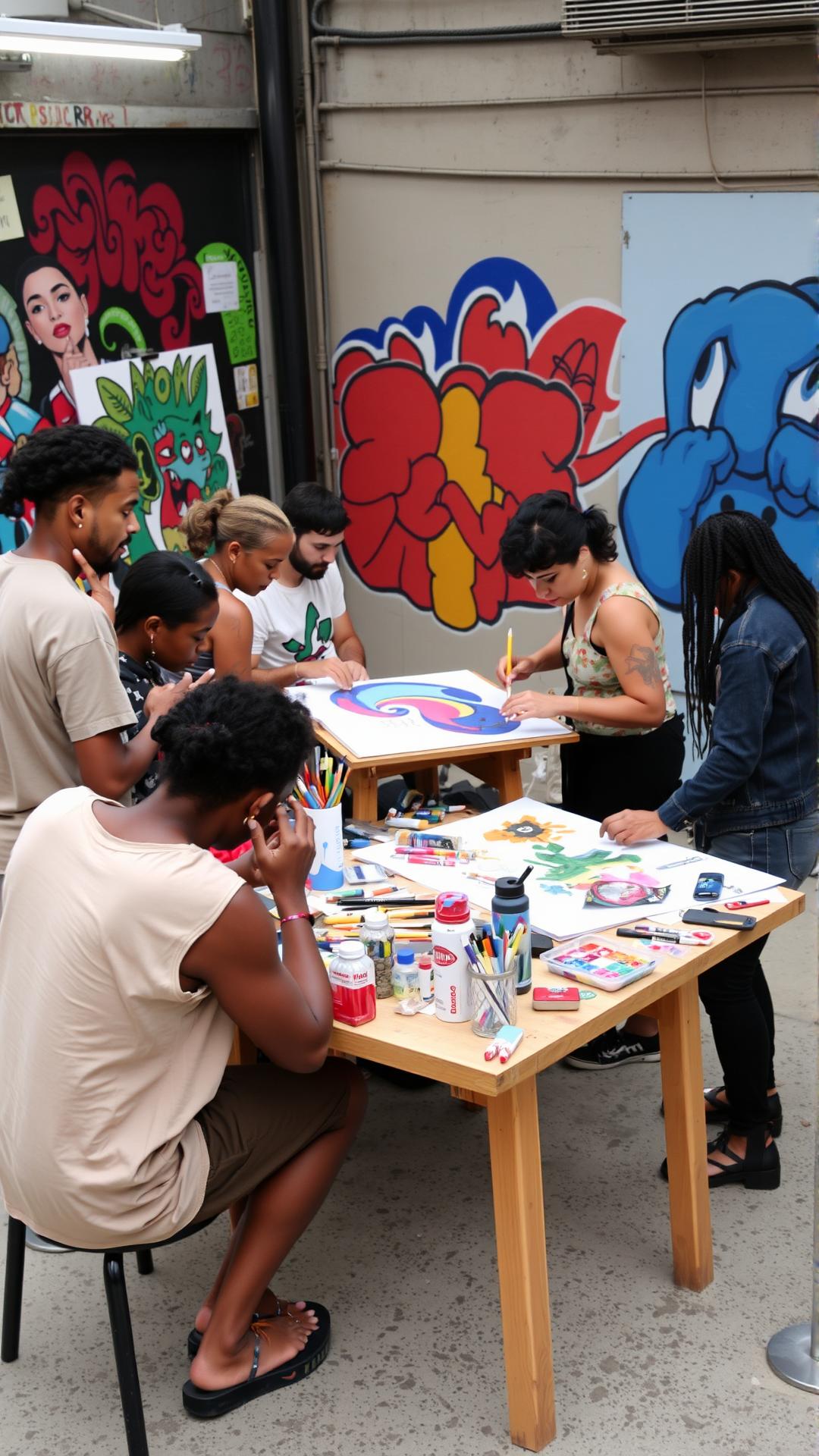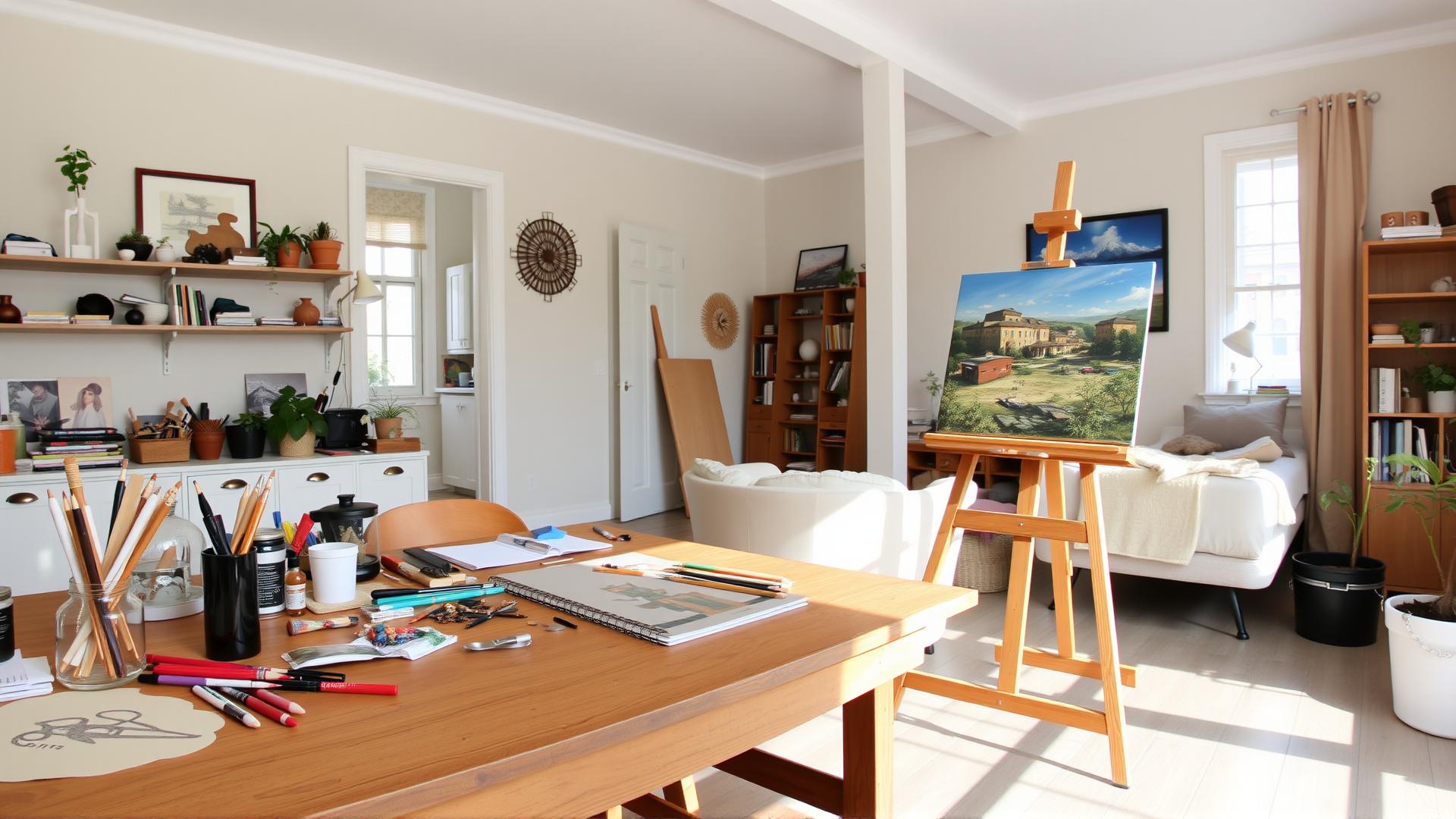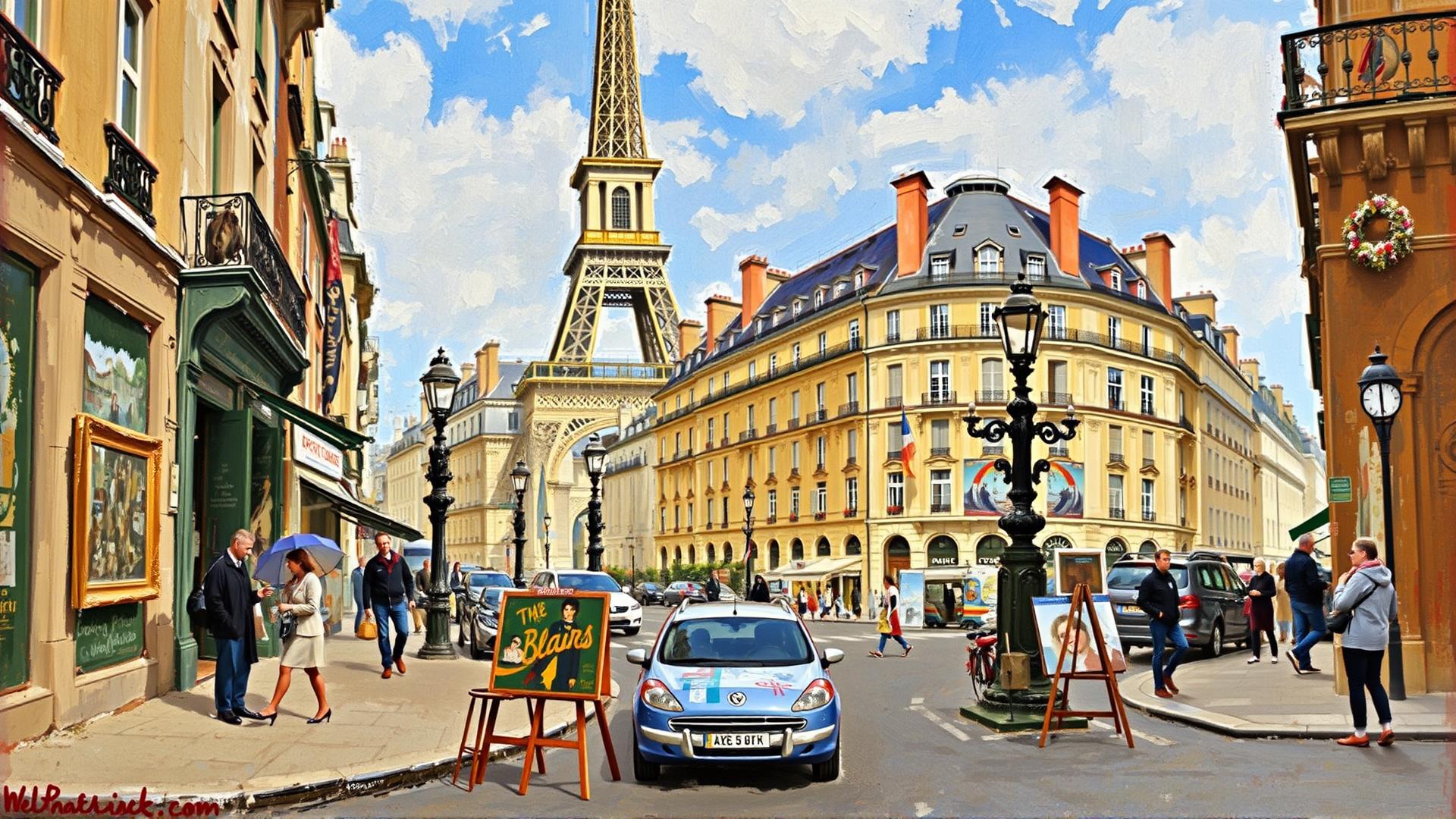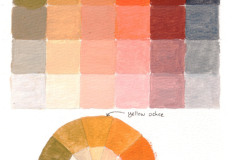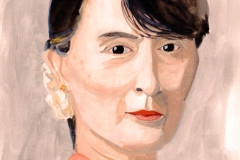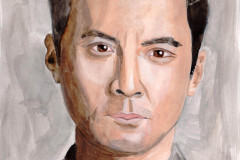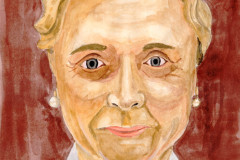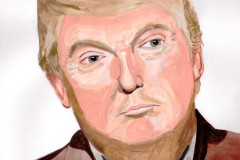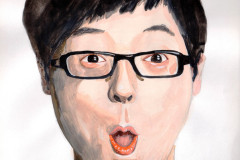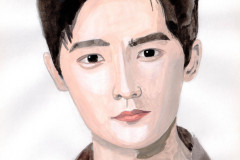Introduction
Painting has evolved from primitive cave artworks to a profound form of self-expression and creativity. This article explores the nuances of what to paint, looking beyond traditional subjects to discover the hidden gems that spark inspiration. Whether you are a budding artist or an experienced painter, the challenge often lies in finding that perfect subject that ignites your passion. We’ll delve into various sources for inspiration, techniques to overcome creative blocks, and how to engage with your surroundings to find what truly speaks to you.
Your next masterpiece can stem from the simplest moments, environments, or emotions. By understanding different themes, like nature, abstraction, and human experiences, you can enrich your painting journey. Emphasizing the importance of personal connection with your subject allows for deeper creative expression. Throughout this exploration, we will provide insights, practical tips, and a structured approach to help you embark on your creative adventure.
The Search for Inspiration in Painting
Understanding Inspiration in the Context of Painting
Inspiration in painting transcends mere subject matter; it is an intrinsic spark that ignites the creative process. It’s a feeling of revelation that compels an artist to bring an idea or emotion to life on canvas. This sensation can arise from various sources, shaped by personal experiences, emotions, or even fleeting moments in time. Artists may find themselves captivated by something as simple as the way light falls on an object or the colors that play in a sunset.
Inspiration can also be influenced by historical contexts. Artists, from the Romanticism of the 19th century to the Abstract Expressionism of the 20th, have drawn upon broader streams of culture and thought. Knowing the struggles, styles, and philosophies of past artists can open new avenues of creative exploration. It reinforces the realization that every stroke has a place in the continuum of art history, enriching personal expression and technical mastery.
Exploring Varied Sources of Inspiration
Nature serves as one of the most powerful wellsprings of inspiration. The intricate details found in landscapes, flora, and fauna offer endless opportunities for painters. Take a moment to observe the world around you; the vibrant hues of a blossoming flower can provoke a palette full of possibilities. Likewise, the subtle changes in the seasons can create unique atmospheres and invoke different emotions to explore through brushwork.
Everyday life also provides rich material for artistic endeavor. From the bustling energy of a city street to the serene stillness of a quiet morning at home, there are narratives waiting to be captured. Personal experiences, relationships, and societal issues surely reflect a deeper understanding of the human condition, allowing the artist to communicate profoundly through their art.
Films, literature, and music can further act as catalysts for creativity. They tickle the imagination and can suggest unique interpretations of themes or emotions that can be transposed onto the canvas. Observing how other art forms express sentiments can enrich a painter’s vocabulary, leading to innovative approaches to their own artistic dialogues.
Inspiration is not a single thread but a tapestry woven from many fibers, each bringing its colors and textures into play. By expanding the search for inspiration to include both nature and the narratives of daily existence, artists can discover new avenues to express their visions and create stunning works of art.
Nature as a Muse Harnessing the Beauty of the Outdoors for Artistic Inspiration
Landscapes, Flora, and Fauna as Endless Sources of Creativity
Nature has long served as a powerful inspiration for artists, providing a wellspring of diverse subjects from which to create. The vastness of landscapes can evoke a sense of wonder, with each new vista offering its own unique challenges and rewards. From rolling hills to rugged mountains, coastal shores to expansive forests, the variations in terrain not only showcase the beauty of the natural world but also invite artists to interpret them in their distinctive styles.
When considering landscapes, pay attention to the light and atmosphere. Each hour of the day transforms the scenery, casting different hues and shadows that can dramatically alter the mood of a painting. Early mornings draped in mist can evoke a sense of tranquility, while the vibrant colors of sunsets can inspire a sense of urgency and awe. Artists might find themselves drawn to specific locations, returning again and again to capture the changing seasons and the evolving state of nature.
Flora offers a captivating subject matter. The delicate intricacies of a single flower or the chaotic beauty of a wildflower meadow provide ample opportunities for exploration. Each bloom tells a story, and their varied colors and forms pose exciting challenges for painters aiming to capture their essence. A macro approach—a focus on minute details—can emphasize textures and patterns, showcasing nature’s artistry in its purest form.
Fauna, too, contributes to this rich tapestry of inspiration. From the grace of a soaring eagle to the intricate behavior of small creatures, wildlife can spark a sense of curiosity and connection. Observing animals in their natural habitats allows artists to depict not only the physical characteristics but also the emotional landscapes that these creatures inhabit. Capturing the spirit of an animal can lead to powerful artwork that resonates with viewers, bridging a gap between nature and human emotion.
In nature, there lies an endless reservoir of potential subjects waiting to be transformed into masterpieces. By immersing oneself in the natural world and observing its myriad details, painters can cultivate fresh perspectives and find deeper meaning in their work. Whether it’s the grandeur of landscapes, the intricate beauty of flora, or the dynamic essence of fauna, each aspect of nature can ignite artistic creativity and lead to the creation of stunning artwork.
Emotions and Memories A Gateway to Unforgettable Paintings
Personal Feelings as Creative Fuel
Art possesses a unique ability to communicate the depths of human emotion, making it a powerful medium for introspection. When choosing what to paint, personal feelings and emotional experiences can serve as a compelling guiding force. Reflecting on memories—both joyful and painful—allows artists to capture the essence of their experiences, translating them into visual form. This journey through emotion can lead to artwork that resonates not only with the artist but also with viewers, eliciting connections that words often cannot convey.
As you ponder what to paint next, consider the emotions linked to specific memories. A childhood moment, a bittersweet farewell, or even an ordinary day imbued with significance can inspire a range of compositions. Each artist has a distinctive emotional palette shaped by their experiences. By tapping into these intricacies, one can create pieces that are profoundly personal, striking a chord with anyone who engages with the work.
Turning Emotions into Visual Stories
The act of painting can also be a therapeutic process, enabling artists to explore their feelings in a tangible way. When you convey emotions through color, form, and composition, you create visual narratives that draw viewers into your world. The use of bold colors to express passion or softer hues for tranquility can dictate the overall mood of a piece. Techniques like layering, brushstroke variations, and even textural techniques can further enhance the emotional impact, inviting the audience to linger and reflect.
Consider the potency of color symbolism: red can evoke anger or love, blue may inspire calmness, while yellow beacons joy or apprehension. Combining these colors with abstract forms or recognizable subjects creates a dialogue between the artist and the viewer, amplifying the emotional resonance of each brushstroke. The ability to convey deep feelings through your artwork places you in a position to forge connections that transcend language and culture.
Embracing memories and emotions in your creative process not only enriches your artistic repertoire but also enhances your capacity to impact others. Paint what stirs your soul, allowing the shades of your life to inform your canvas. This exploration of emotional depth can lead to breathtaking pieces that are more than mere decorations; they become stories waiting to be told and shared with the world.
Exploring Abstraction Unveiling NonTraditional Sources of Inspiration
Embracing the Ideals of Abstraction in Art
Abstraction serves as a powerful avenue for artists seeking to express complex thoughts, emotions, and observations in a non-literal way. At its core, abstraction distills reality into forms and colors, allowing viewers to engage with art on an intuitive level. This approach creates a dialogue that transcends the boundaries of representation, inviting interpretations that reflect individual experiences and perspectives. Artists can find profound inspiration in the very essence of abstraction, liberating themselves from the constraints of traditional subject matter.
One way to harness this form of expression is by embracing elements from unexpected and non-traditional sources. The world around us is replete with aspects that may seem mundane yet possess significant visual and emotional depth. For instance, the geometry of urban landscapes or the rhythm of nature’s patterns can ignite a spark of creativity. Artists may take inspiration from the interplay of light and shadow in everyday scenarios or the ephemeral beauty of fleeting moments, such as ripples in water or the patterns of rust on old surfaces.
Finding Inspiration Beyond Conventional Subjects
Non-traditional sources can include sounds, movements, and even abstract concepts. A particular melody might resonate with an artist, evoking a range of emotions that can be translated into color, shape, or texture on a canvas. Street art, ephemeral installations, and performance art also represent dynamic sources of inspiration, showcasing the fluidity of creative expression. This type of artistic dialogue encourages artists to immerse themselves in their environment, observing the intricacies of life and how they manifest visually.
Embracing spontaneity and intuition can lead to impactful abstract works. By allowing spontaneity to guide the brush and the color palette, artists often find unique pathways to express inner thoughts that would remain unarticulated in more representational forms. This can foster a sense of freedom, where the act of creation becomes a journey of self-exploration.
As artists navigate the interplay between abstraction and personal expression, they uncover new avenues for creativity. Acknowledging that all experiences, whether inner or outer, serve as potential stimuli can transform the act of painting into a profound exploration of self and the universe. This journey not only enriches the artist’s experience but also encourages viewers to engage in their own interpretations, forging a deeper connection between the art and its audience.
Cultural Influences Drawing from Heritage and Societal Issues
Understanding the Impact of Cultural Backgrounds
Cultural heritage serves as a rich vein of inspiration for artists worldwide, influencing their subjects, themes, and techniques. Artists often communicate their identity, beliefs, and emotions through visual narratives shaped by their backgrounds. These elements can emerge from personal histories, collective memories, and the challenges faced by their communities. In a global society undergoing ceaseless transformation, art created with cultural reference points generates poignant reflections on contemporary issues.
A compelling example is Frida Kahlo, who used her Mexican heritage to infuse emotional depth into her work. Her paintings often display vibrant colors and symbolic motifs from indigenous Mexican culture, addressing themes such as identity, pain, and femininity. Kahlo’s “The Two Fridas” encapsulates her dual heritage and personal struggles, merging folklore with personal narrative to create artworks that resonate with audiences globally. By incorporating cultural elements, she invites viewers into her world while simultaneously engaging with broader social themes.
Societal Issues as Art Inspiration
Artists also find motivation in societal issues, often using their work to confront injustice, amplify marginalized voices, or critique prevailing norms. The work of African American artist Kehinde Wiley exemplifies this intersection of culture and social commentary. Through his portraits that often feature Black individuals in classical poses, Wiley not only celebrates African American identity but also challenges conventional narratives that have historically sidelined these voices in the art world. This approach allows for a dialogue about race, power, and representation in art history.
The tales of artists like Ai Weiwei further illustrate how cultural and societal issues converge within artistic practices. Ai, who draws from his Chinese heritage, has produced compelling work that critiques government oppression and advocates for human rights. His installation “Sunflower Seeds,” made of millions of porcelain sunflower seeds, comments on mass production and individuality within Chinese society. The scale and intricacy of such pieces evoke contemplation about social responsibility, making art a platform for meaningful discourse.
Incorporating cultural influences and addressing societal issues can empower artists to create works that are not only visually stunning but also profoundly significant. As artists draw from their backgrounds and the stories of their communities, they forge connections that resonate deeply with audiences, thus transforming their personal experiences into universal dialogues, further enriching the tapestry of the art world.
Interactive and Collaborative Inspiration
The journey to creating captivating artwork can be transformed by engaging in interactive and collaborative projects with fellow artists. This type of artistic endeavor not only enriches one’s perspective but also opens up channels for inspiration that may have remained dormant when working alone. The beauty of collaboration lies in the diverse ideas and techniques that can emerge when artists with different backgrounds and skill sets come together.
Finding Creative Synergy
When artists collaborate, they bring their unique creative processes into play, leading to a fusion of styles and concepts that can inspire new approaches to painting. Imagine a project where artists share their sketches, painting styles, or techniques in a communal space. Each artist contributes a small piece that evolves into a larger work, showcasing the collective thought and exploration of themes that resonate within the group. This synergy can lead to unexpected results that push artistic boundaries, making it a dynamic source for future masterpieces.
The Role of Community Events and Challenges
Participating in community art events, workshops, or online challenges can also serve as a catalyst for inspiration. These gatherings allow artists to share their experiences and methodologies, and in doing so, they spark new ideas that artists may have overlooked while working in isolation. Collaborative challenges, such as creating a piece based on a shared theme or set of constraints, can encourage artists to think outside their comfort zones. It’s fascinating to see how the same prompt can yield vastly different interpretations based on each artist’s perspective and expertise.
Critique sessions that come with collaborative endeavors provide critical feedback that can fine-tune an artist’s vision. Engaging with others allows for constructive criticism that helps identify strengths and areas of improvement, fostering personal growth and artistic evolution.
The experience of sharing the emotional journey of art-making with fellow creatives can foster a sense of community and belonging. These interactions not only cultivate lasting relationships among artists but also enable them to find inspiration in each other’s struggles and triumphs. The result is a rich environment where creativity can flourish, igniting sparks that could lead to the next stunning piece of artwork.
Conclusions
From nature’s beauty to human emotions and abstract expressions, the subjects you choose can significantly impact your artistic output. Remember that inspiration can arise from various sources—your daily life, personal experiences, or even interactions with fellow creators. Engaging with diverse themes not only broadens your artistic horizons but also fuels your creativity.
As you seek what to paint, remain open to experimentation and the unexpected. Use the guidance provided throughout this article to harness inspiration effectively and craft your next masterpiece. Ultimately, the journey of finding what to paint is as rewarding as the final artwork itself. Allow your creativity to flourish and enjoy the process of bringing your visions to life.

